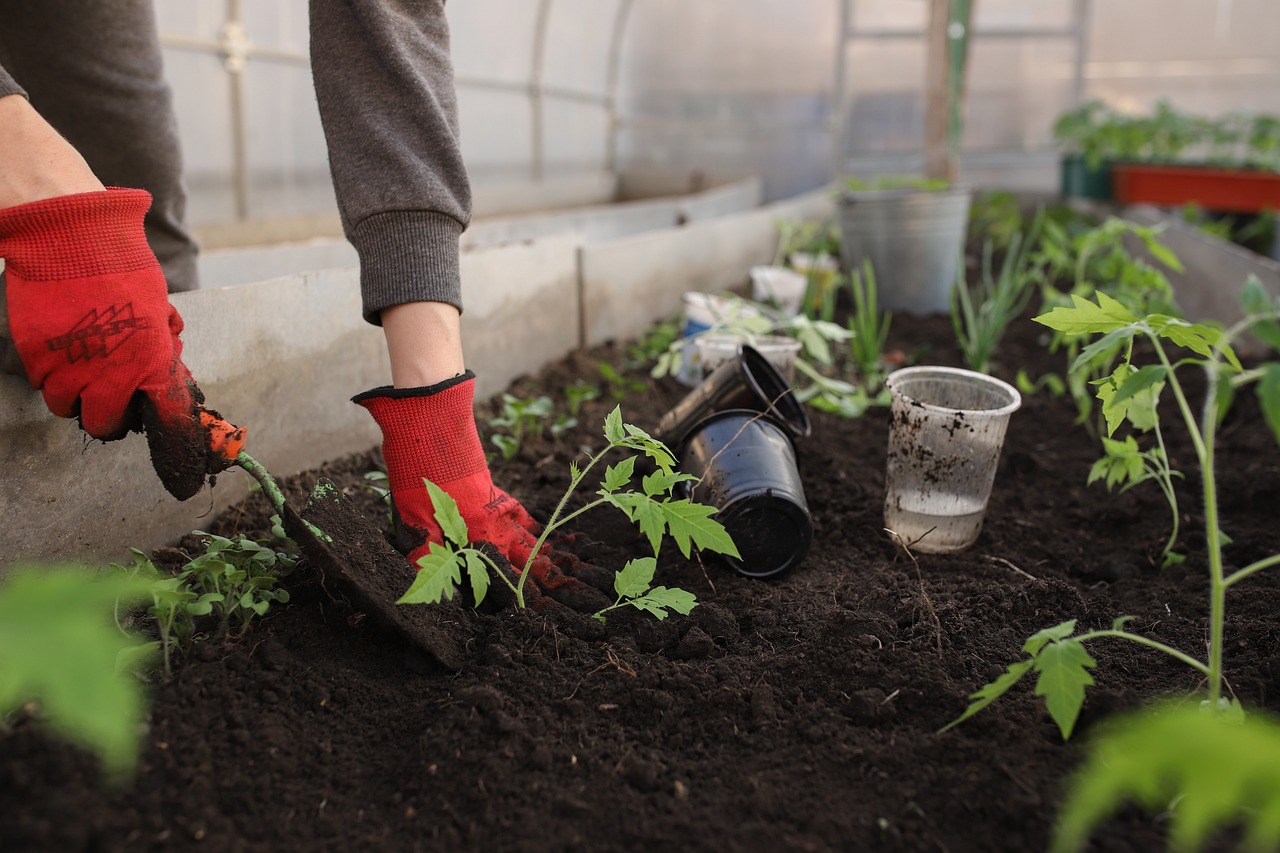Gardening is more than just planting seeds and watching them grow—it’s an art, a science, and a deeply rewarding hobby. Whether you dream of harvesting juicy tomatoes, fragrant herbs, or vibrant flowers, starting your own garden is an exciting journey. However, for first-time gardeners, the process can seem overwhelming. This beginner’s guide to gardening will walk you through every essential step, from choosing the perfect location to harvesting your first homegrown produce. By the end, you’ll be equipped with practical gardening tips for beginners that ensure a thriving and fruitful garden.
Choosing the Right Location
The foundation of a successful garden begins with selecting the right spot. Most plants flourish with at least six hours of direct sunlight daily, so observe your yard to identify the sunniest areas. Additionally, consider factors like wind exposure and proximity to a water source—these can greatly influence your garden’s success. If you have limited space, container gardening on a balcony or patio can be an excellent alternative. The key is to find a location that meets the specific needs of your chosen plants while making it convenient for regular maintenance.
Understanding Soil and Its Importance
Soil is the lifeblood of your garden, and understanding its composition is crucial for healthy plant growth. Not all soil is created equal; it can range from sandy and fast-draining to heavy and clay-rich. Conducting a simple soil test will reveal pH levels and nutrient content, helping you amend the soil accordingly. Adding organic matter such as compost or well-rotted manure improves soil structure, enhances drainage, and provides essential nutrients. Soil preparation for gardening should be a top priority before planting, as it lays the groundwork for vigorous plant development.
Selecting the Best Plants for Beginners
Not all plants require the same level of care, and for novice gardeners, starting with easy-to-grow varieties is key. Hardy vegetables like lettuce, radishes, and zucchini are forgiving and quick to yield results. Herbs such as basil, mint, and chives thrive in small spaces and require minimal upkeep. If flowers are more your style, marigolds and sunflowers are excellent choices. By selecting the best plants for beginners, you set yourself up for a positive and rewarding gardening experience.
Essential Gardening Tools and Equipment
Investing in the right tools will make your gardening journey smoother and more enjoyable. A sturdy trowel, a durable pair of pruning shears, and a comfortable pair of gloves are absolute must-haves. A watering can or garden hose with an adjustable nozzle ensures efficient hydration for your plants. A hand rake and a spade will assist in soil preparation, while a wheelbarrow can save you time and effort when moving heavy materials. With these essential gardening tools, even a beginner can tackle gardening tasks with confidence.
Planting Techniques for a Thriving Garden
Planting is more than just digging a hole and dropping in seeds—it requires technique and attention to detail. Proper spacing ensures each plant has enough room to grow without competing for nutrients. Some plants benefit from companion planting, where certain combinations enhance growth or deter pests. For example, planting basil near tomatoes can improve their flavor while repelling unwanted insects. Additionally, understanding depth requirements for seeds and root systems is essential for successful germination and strong plant development.
Watering, Mulching, and Fertilizing Best Practices
Watering is a balancing act—too much leads to root rot, while too little causes dehydration. Most plants thrive with deep, infrequent watering rather than shallow daily sprinkles. Mulching helps retain soil moisture, suppress weeds, and regulate temperature fluctuations. Organic mulch, such as wood chips or straw, also enriches the soil as it decomposes. Fertilizing is another key aspect; natural options like compost tea, fish emulsion, and worm castings provide plants with essential nutrients without relying on synthetic chemicals. Watering and fertilizing plants correctly will ensure lush, vibrant growth.
Managing Pests and Diseases Naturally
Every gardener encounters pests and diseases, but chemical pesticides aren’t the only solution. Natural pest control for gardens includes introducing beneficial insects like ladybugs and praying mantises that feast on harmful pests. Neem oil and insecticidal soaps are effective organic treatments against common garden invaders. Rotating crops each season helps prevent soil-borne diseases from taking hold. Keeping plants healthy with proper care is the best defense against infestations, as strong plants naturally resist disease.
Seasonal Gardening Tips for Year-Round Success
Gardening isn’t just a springtime activity—it’s a year-round commitment. Seasonal gardening tips help you plan ahead and make the most of every growing cycle. In the spring, focus on soil preparation and planting cool-weather crops. Summer requires diligent watering and pest control as plants reach peak growth. Autumn is perfect for planting perennials and preparing beds for winter. Even in the colder months, you can grow hardy greens in cold frames or start indoor seedlings for the upcoming season.
Harvesting and Enjoying Your Produce
One of the most rewarding moments in gardening is the harvest. Knowing when to pick fruits, vegetables, and herbs ensures peak flavor and nutrition. Tomatoes, for example, should be harvested when fully colored but still firm, while leafy greens taste best when young and tender. Herbs like basil and oregano can be snipped regularly to encourage continuous growth. The joy of harvesting homegrown vegetables extends beyond the garden—fresh, organic produce elevates home cooking and brings a deep sense of satisfaction.
Summary
Gardening is an enriching journey that nurtures both the body and soul. By following this beginner’s guide to gardening, you’ll gain the knowledge and confidence to cultivate a thriving garden, whether it’s a backyard oasis or a small patio setup. From understanding soil preparation for gardening to embracing organic gardening techniques, every step brings you closer to reaping the rewards of your labor. With patience, curiosity, and a bit of dirt under your nails, you’ll soon discover the magic of growing your own food and flowers—one season at a time.
Please like, comment, and share this article if you found it helpful and
informative.
Visit Big Town Bulletin if you would like to see more of this content.
Please like, comment, and share this article if you found it helpful and
informative.
For more news check out Big Town Bulletin News
For more from Big Town Bulletin check out Big Town Bulletin


